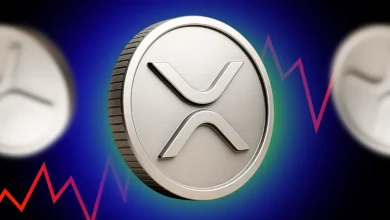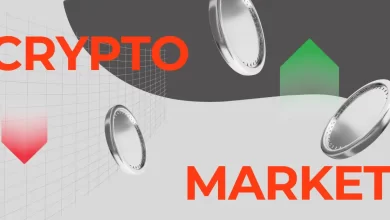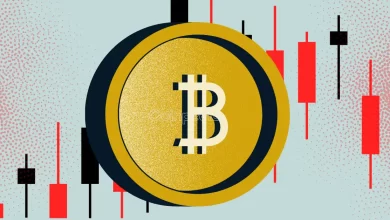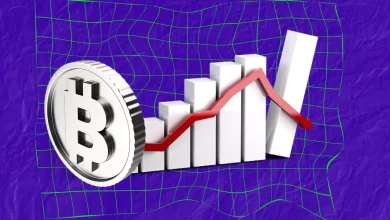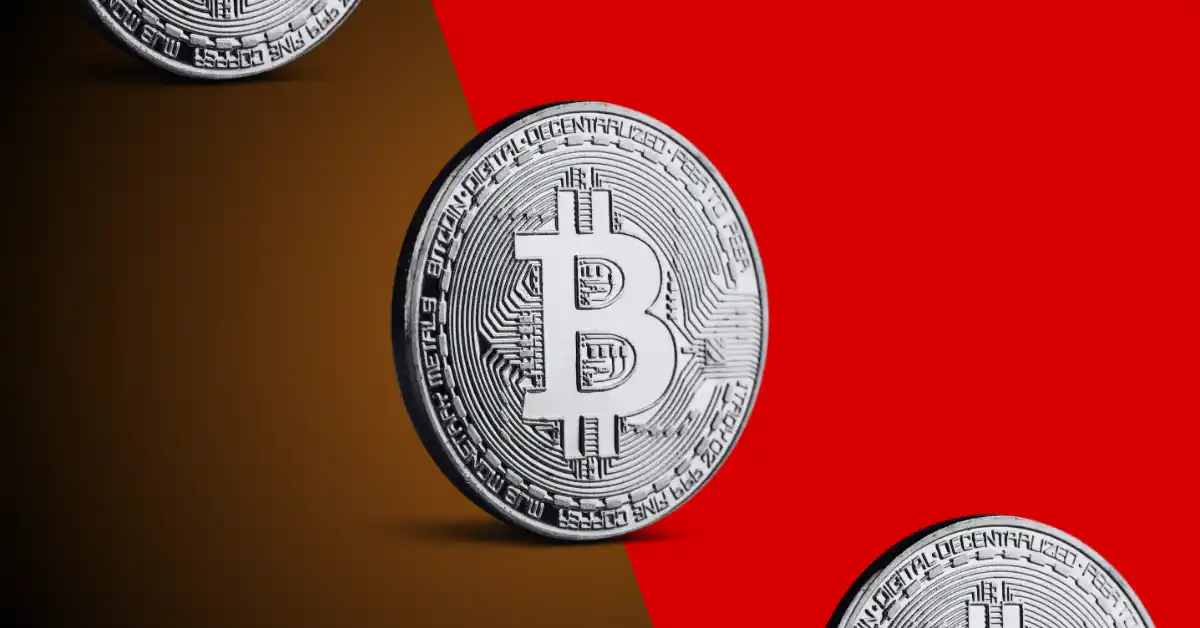
Bitcoin mining is emerging as a solution to stabilize Europe's energy grids.
By utilizing surplus energy and balancing supply and demand, Bitcoin mining can help address the intermittent nature of renewable energy.
Innovative projects are demonstrating how Bitcoin mining can be integrated with sustainable energy sources.
According to a Forbes report, Bitcoin mining, often criticized for its high energy consumption, is quietly emerging as an unexpected solution to Europe’s energy challenges.
During the ongoing energy crisis, miners are helping stabilize electricity grids and utilize surplus power that would otherwise go to waste. Countries are now finding creative ways to turn this energy-hungry process into a tool for sustainability and innovation. From balancing unpredictable renewable energy to heating entire towns, Bitcoin mining is proving it can do far more than just secure the blockchain.
Let’s dive deeper.
Germany Leads the Charge
In Germany, renewable sources like wind and solar now generate nearly 60% of the country’s power. However, these energy sources are unpredictable. Bitcoin miners are helping stabilize energy supply by shutting down operations when electricity prices surge and resuming when prices drop. This flexibility helps balance the ups and downs of wind and solar power, keeping grids stable.
Austria Taps into Surplus Hydroelectric Power
The European Bitcoin Energy Association (EBEA) is working to integrate Bitcoin mining into national energy systems. In Austria, surplus hydroelectric power is being used to support the grid. This shows how Bitcoin mining can balance energy supply and demand while preventing excess energy from going to waste.
Austria’s pilot project, run by Austrian Power Grid and 21Energy, explores how Bitcoin mining can work alongside renewable energy systems. The project highlights how surplus wind and hydropower can be redirected to stabilize electricity grids.
El Salvador’s Fiery Approach
El Salvador is another example of how Bitcoin mining is evolving. The country recently mined 474 Bitcoins, worth about $46 million, using geothermal energy from its volcanoes. President Nayib Bukele has suggested renting out the country’s volcanoes to Bitcoin miners, offering them a natural, low-cost energy source.
With 170 volcanoes in the region, this strategy has the potential to attract miners and lower their operational costs.
Dual Benefits of Mining
Projects like Genesis by Terahash in Finland show how Bitcoin mining can serve dual purposes. Heat generated from mining operations is being redirected to a district heating system, providing hot water and warmth for a town of 12,000 residents.
In Germany, smaller initiatives like solar-powered Bitcoin miners at a local car wash are proving how mining can meet practical energy needs while being environmentally sustainable.
Countries across Europe are finding creative ways to use Bitcoin mining to solve energy challenges. By stabilizing grids and using surplus energy efficiently, Bitcoin mining is showing it can play a larger role in sustainable energy systems.
Who knew the road to a greener future might be paved with Bitcoin blocks?
Never Miss a Beat in the Crypto World!
Stay ahead with breaking news, expert analysis, and real-time updates on the latest trends in Bitcoin, altcoins, DeFi, NFTs, and more.
FAQs
Yes, when combined with renewable energy sources like wind, solar, and hydro, Bitcoin mining can support sustainability and reduce waste.
Projects like Terahash’s “Genesis” use Bitcoin mining to generate heat, supplying it to local district heating systems, providing energy for communities.


